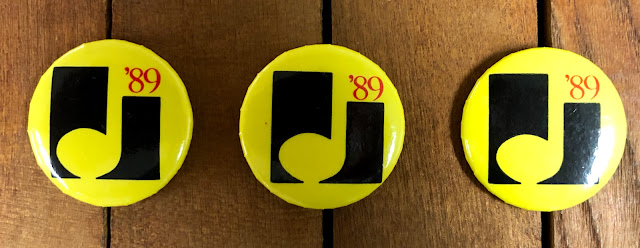Jones had won the National Book Award in 1952 for his first published novel, the classic World War II tale From Here to Eternity, which was also adapted into a major film in 1953. Some Came Running was Jones second novel to appear in print.
The film was directed by Vincent Minnelli, who made many Hollywood classics including The Bad and the Beautiful and Tea and Sympathy. In addition to Martin, the film starred Frank Sinatra, Shirley MacLaine and Martha Hyer. Sinatra approved a change in casting from Tony Randall to Martin, and this one became their first film together.
Sinatra plays Dave Hirsh, an Army veteran returning to his Parkman, Indiana hometown after 16 years away. In addition to his military stint, Hirsh wrote and published two unsuccessful novels. He arrives in Parkman from Chicago with Ginny Moorehead [MacLaine], who was also on the bus fleeing an abusive boyfriend. Back at home, Hirsh renews his conflicts with his older brother and sister-in-law and meets a single schoolteacher, Gwen [Hyer] who along with her father admires Dave's books. Touring the Parkman bars, he also meets a gambler, Bama Dillert [Martin].
Dave and Bama move in together and the story twists and turns through the movie's well over two hour running time. The ending of the novel was changed significantly for the film, but I won't spoil either one. The movie is well worth seeing; I've watched it several times and always enjoy it. I haven't read the novel or the abridged edition of only 1048 pages which is currently in print.
In the movie "Bama" is identified as a southerner, but I don't remember if any further details of his background are given. Perhaps the novel gives the origins of what I presume is a nickname. Maybe one day I'll read it.
Jones based his novel on his experiences returning to his home town of Robinson, Illinois, after World War II. Much of Some Came Running was filmed on location in Madison, Indiana. The movie, released in Metrocolor and CinemaScope, was nominated for five Academy Awards and earned double its budget at the box office.































